How do living things create the 'energy' used for their activities?

Energy is necessary for living beings including human beings to live, and human beings take various energy from diet and convert it into usable forms, and carry out various activities.
Why Are You Alive – Life, Energy & ATP-YouTube
Although rarely felt in everyday life, incredible activity is always taking place within the human body. As long as humans are alive, this activity cannot be stopped.
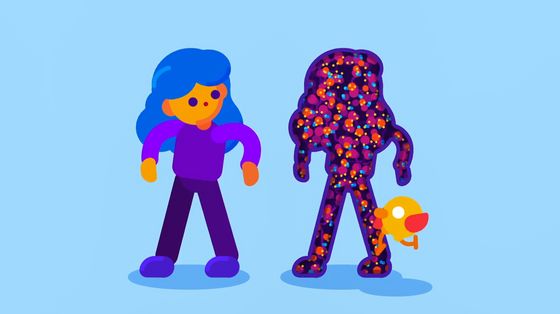
The bodies of living things, including humans, are subject to the self-renewal process of cells ...
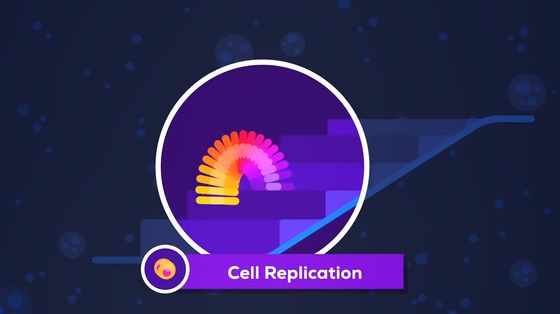
He said he avoids physical death.

When cells stop working and the self-renewal process ceases, organisms die.
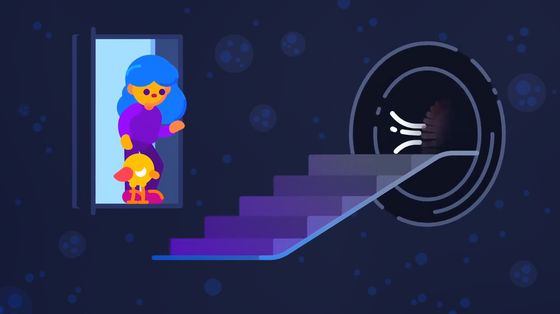
However, humans do not die so easily, even if they fall asleep and lose consciousness.

All living things consist of cells separated from the outside world.

According to the 'law of increasing
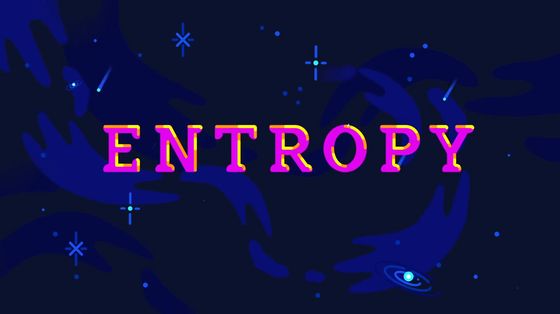
The inside of the cell is filled with molecules such as proteins and water ...
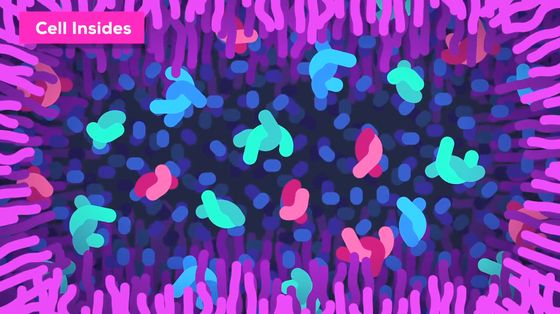
The cell's complex self-renewal process is constantly ongoing.
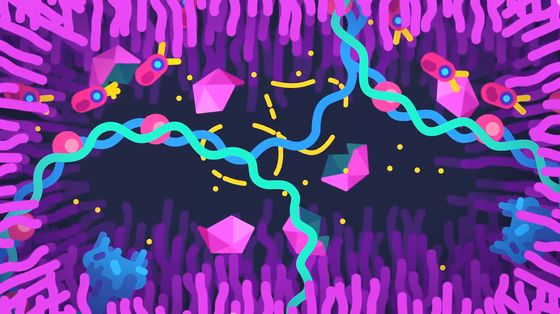
Due to this, it seems that the creatures are living life against the law of increasing entropy.
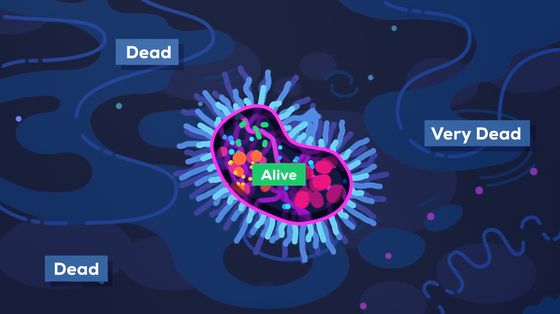
Although cells are engaged in activities such as self-renewal and molecular transport ...
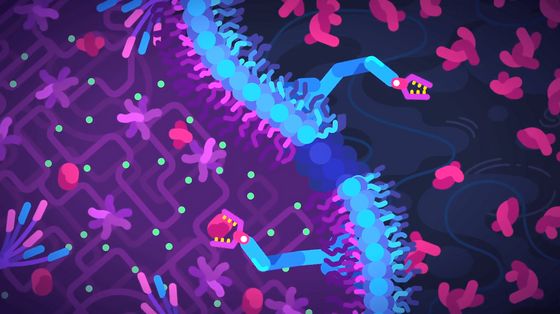
This requires energy.
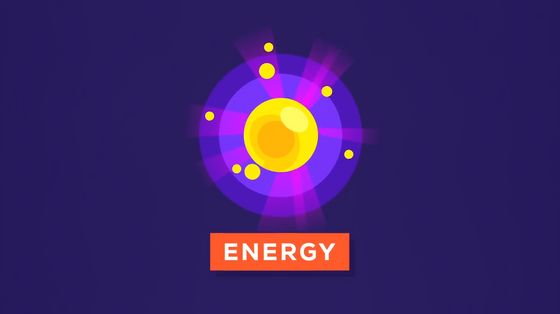
Energy fills the entire universe, and its total amount does not change due to the law of energy conservation.
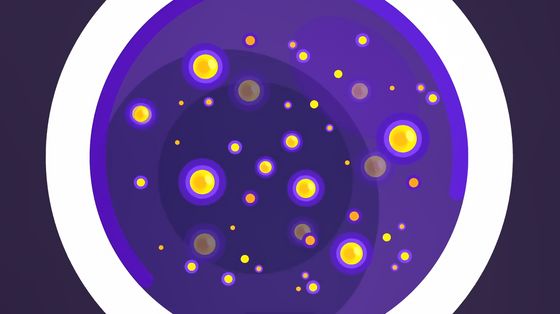
The first organism on earth was born billions of years ago ...
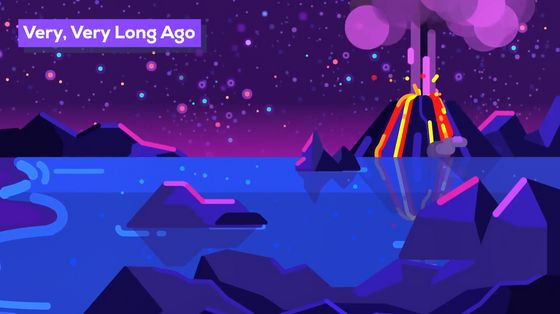
The first challenge was 'how to acquire the energy that exists in the surroundings and convert it into usable energy for living things.'
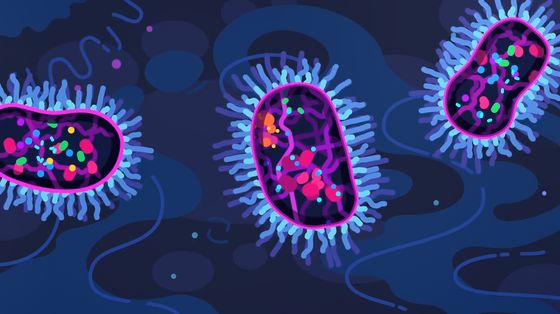
Therefore, what a living organism used as an energy transmission system is a chemical substance called '
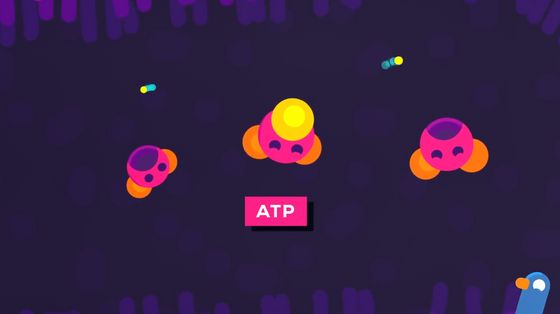
ATP has an excellent structure for storing and releasing energy, and is widely distributed in the body of living things on the earth. All eukaryotes use ATP, and it is also described as 'the energy currency of living organisms' because of its abundance in living organisms and its importance in substance metabolism.

Cells break down ATP, which has energy ...
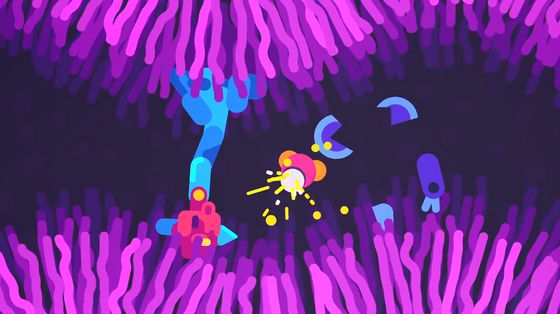
We take out chemical energy and are engaged in various activities.
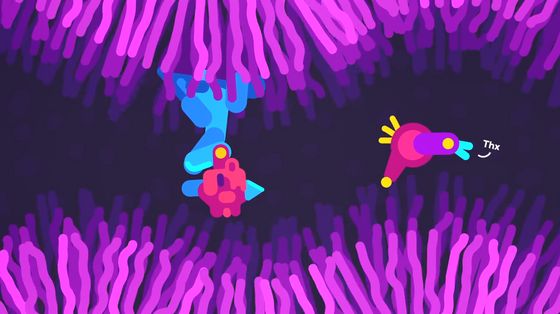
We don't know about how ATP was first created on Earth ...
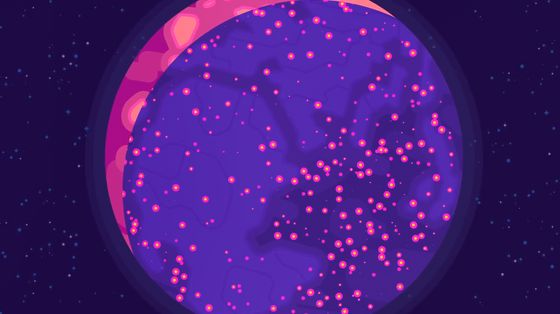
Plants, fungi, bacteria, and animals all live on ATP and cannot live without it.
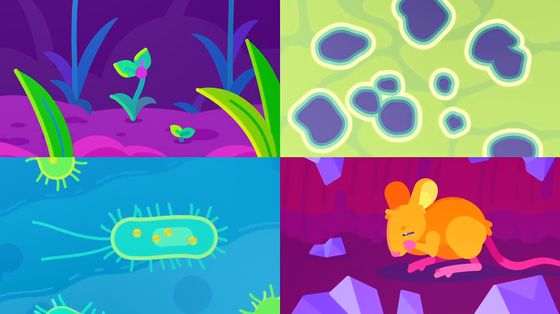
The earliest organisms used organic substances existing on the earth as energy sources, but there are 'largest energy sources' that the earliest organisms did not use.
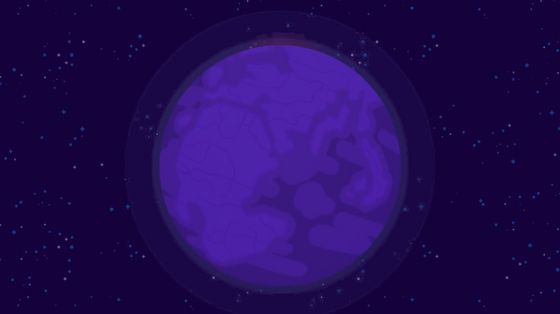
It's the sun
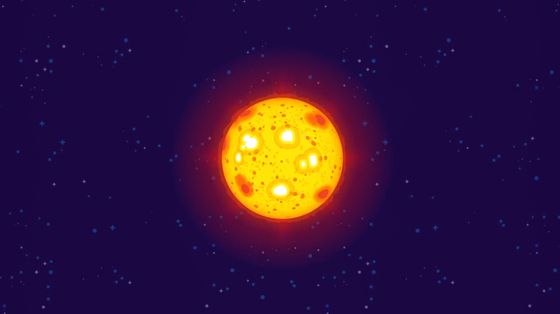
The sun delivers a large amount of light energy to the earth as photons, but the photons cannot be directly used as energy. Therefore, living organisms needed to convert light energy into another energy.
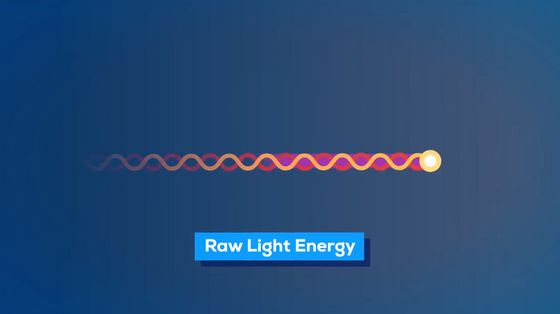
After hundreds of millions of years, life on Earth has finally acquired the ability to convert light energy into usable energy.
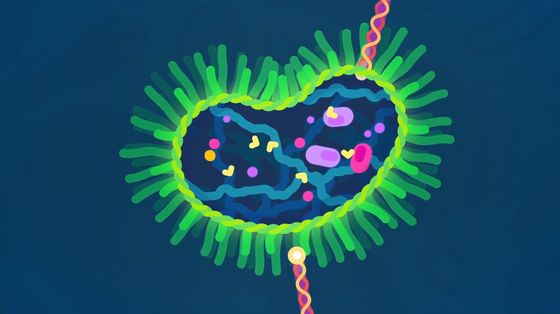
That is the system called '
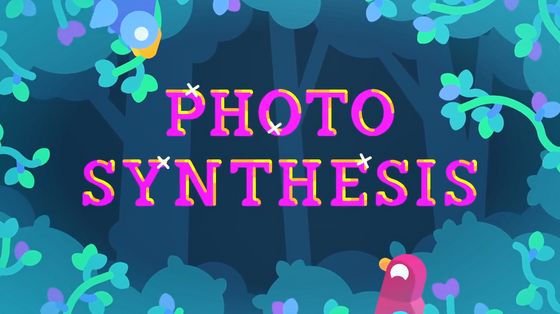
By photosynthesis, cells convert light energy into chemical energy to synthesize ATP ...
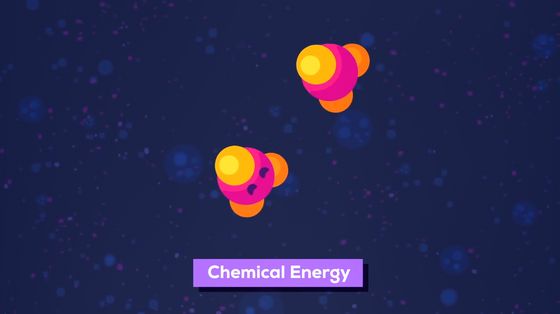
In addition, water, carbon dioxide in the air, and the chemical energy of ATP are used to synthesize
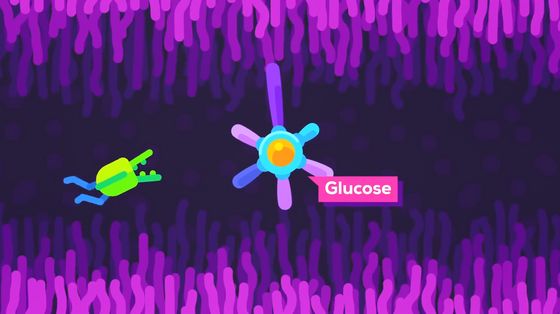
Glucose produced by photosynthesis is easy to decompose and has become a very convenient energy source for living organisms.
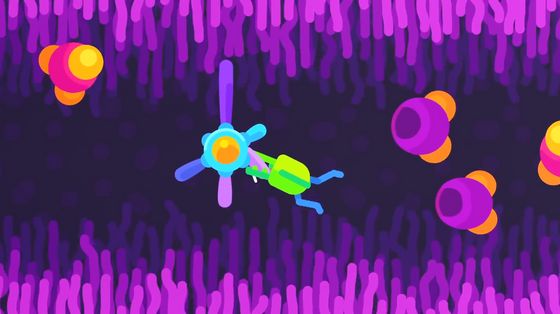
This system, which uses the light energy of the sun, was so revolutionary that some organisms took in photosynthetic organisms instead of doing the troublesome photosynthesis themselves ...
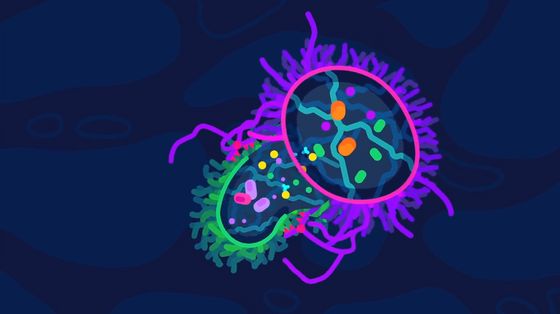
It is said that he came to use it as his own energy source.
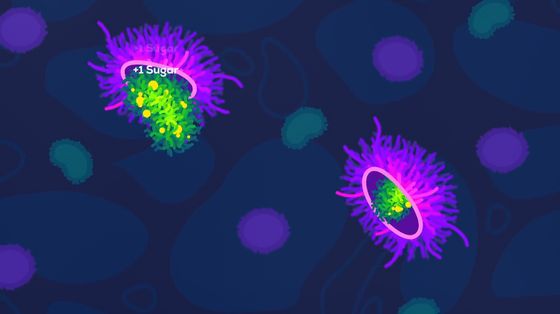
In this way, various organisms such as photosynthetic organisms and those eating them came to live on the earth ...
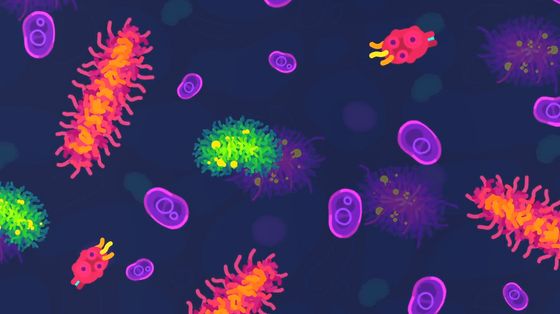
One day, when one cell took in a photosynthetic organism or an
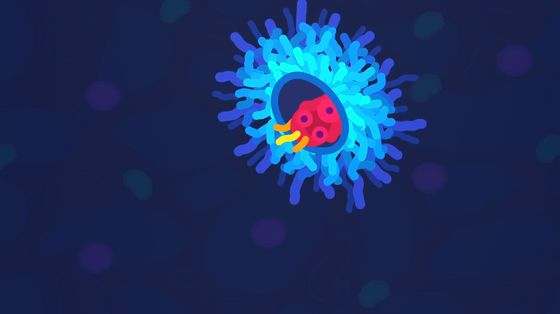
This creature is the ancestor of all animals and plants, including whales, amoeba, dinosaurs, jellyfish, armadillos and monkeys.
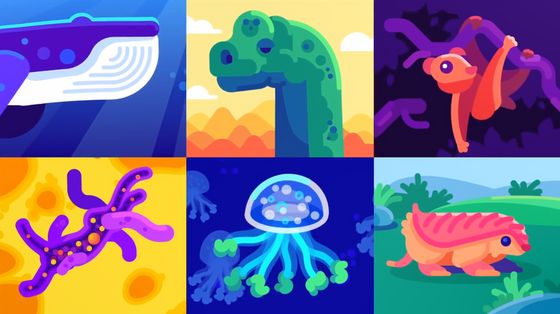
Of course, humans are also descendants of this creature.
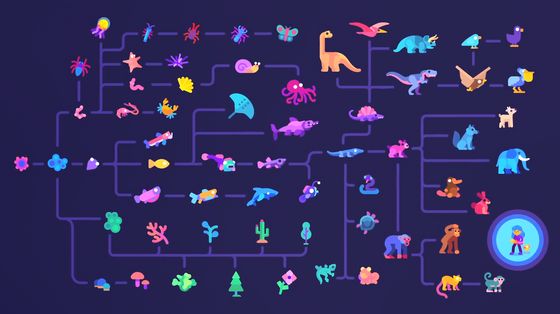
The union of two different creatures was a very important event for the creatures on Earth. Aerobic organisms that succeeded in living in cells ...

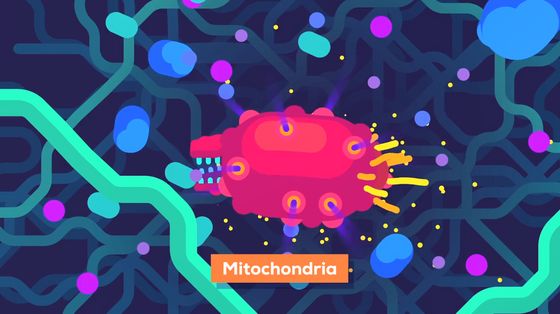
Mitochondria are like small furnaces that release water, carbon dioxide, and heat energy as ATP is produced.
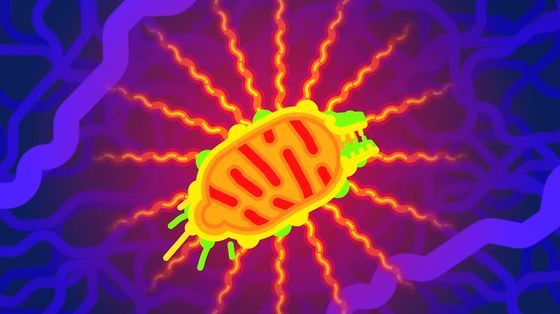
It is said that the organism has undergone major evolution due to the establishment of a division of labor system in which another organism taken into the cell specializes in one function.
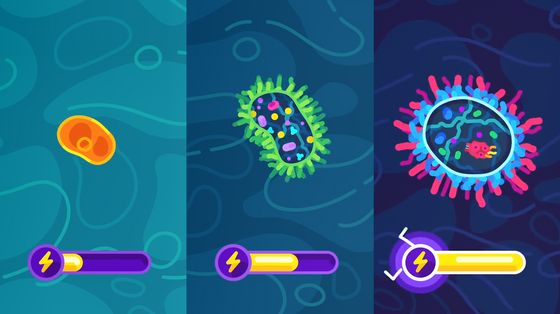
In addition, multicellular organisms were born by gathering cells with complex functions by incorporating other organisms.
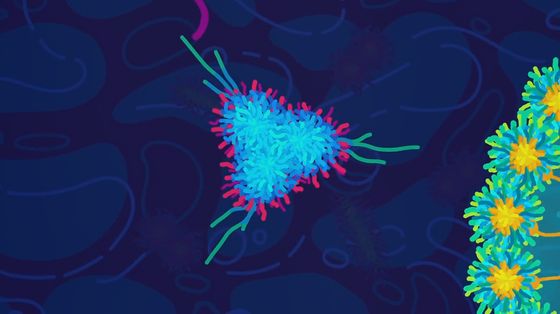
At the end of that tremendous evolution, humans exist.
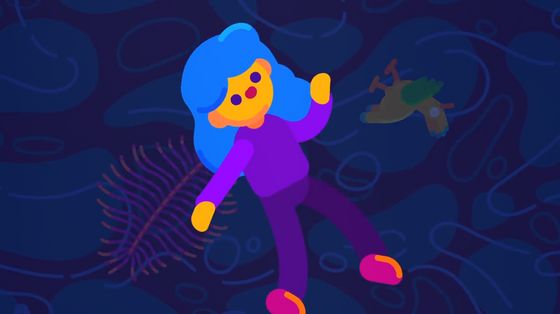
There are tens of trillions of cells in the human body ...
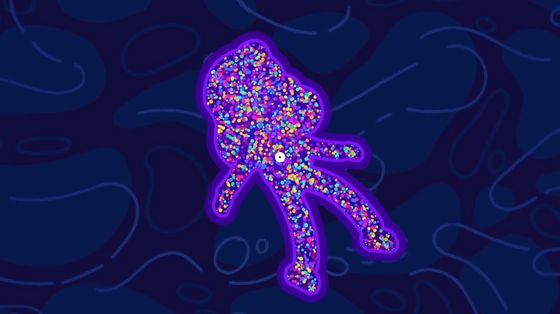
The biological machines contained in each cell provide the energy for human activity.
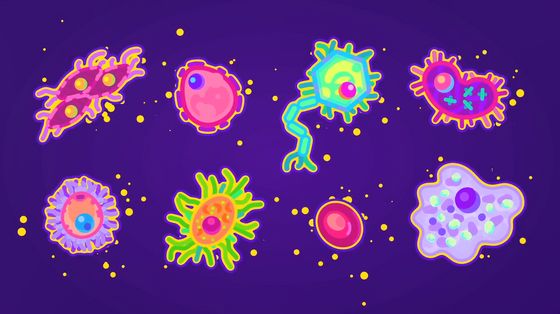
If many cells stop moving and the energy supply is cut off, humans cannot sustain their lives ...

Humans use
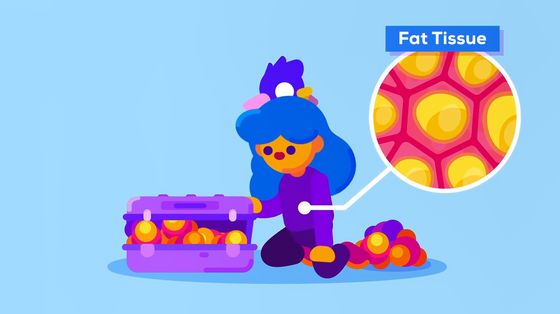
The amount of ATP produced by the human body and converted into energy during one day is enormous ...
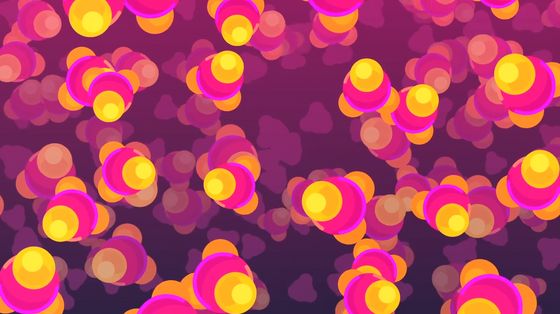
ATP does not have much energy per mass.
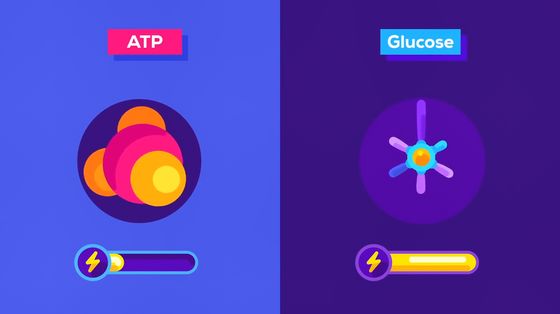
Therefore, ATP is either used from the end produced in the body or converted into another substance.
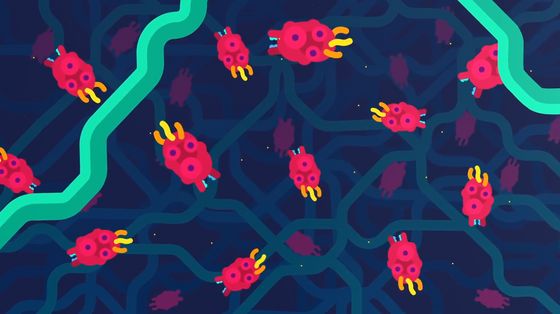
Living organisms, including humans, maintain their lives by the continuous functioning of cells.
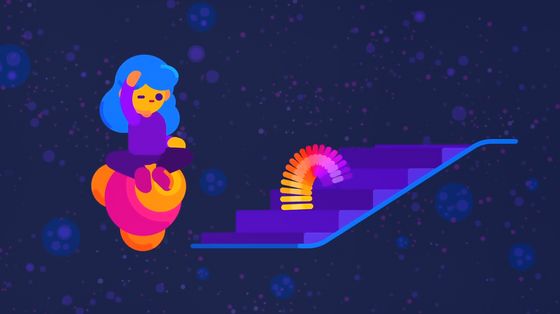
Related Posts:







